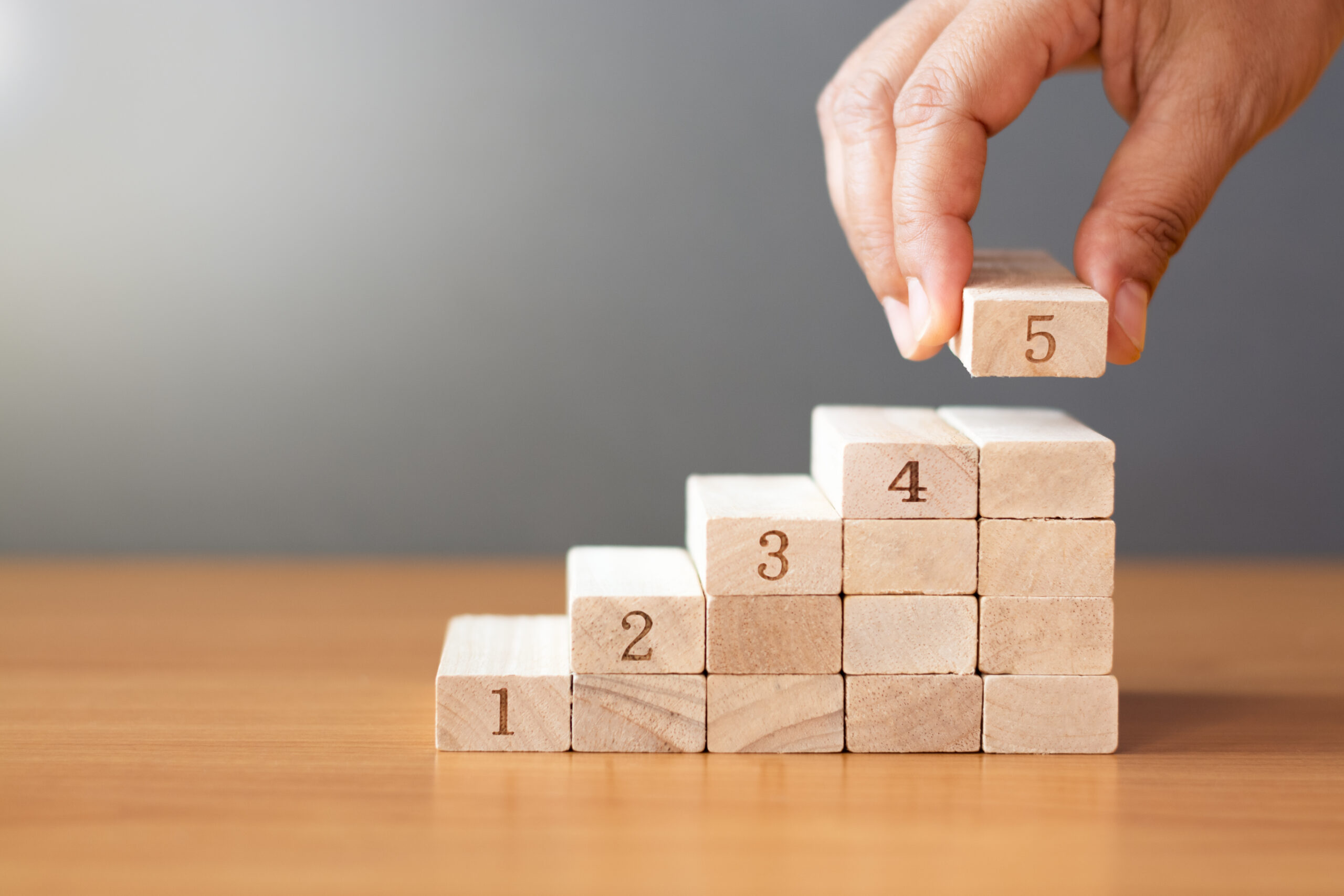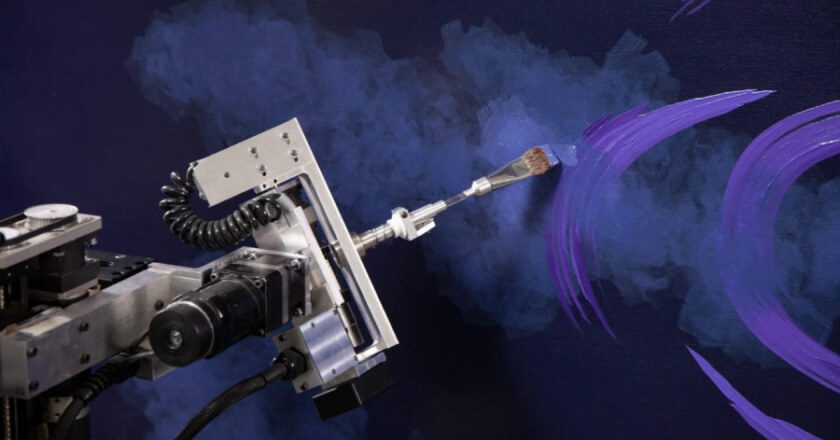Get Inspired
Build the life you love. Learn more about fusioneering:

Posted on October 25, 2023 in Creativity
A fusion of art and science doesn’t just mean a robot that paints or stories that examine technological progress — the blend between the two can be as understated and powerfully useful as an analytical framework for creative and artistic thinking. Enter “The Creative Process.” While creative methodologies may differ slightly between specific media and different individuals, this overarching framework empowers creators with direction and greater insight into the journey as a whole.
Today we’ll delve into the five steps of the tried-and-true creative process, exploring how each stage can be utilized to foster innovation, inspiration, and creative success.
Related: Get to Work – How to Better Motivate Yourself
The creative journey begins! The first step in the creative process is preparation — the stage of inspiration, ideation, research, and development. This involves immersing yourself in the subject matter, gathering information, and building a foundation of knowledge. Whether you’re a painter researching art history, a scientist delving into foundational experiments that came before, or a writer brushing up on the genre, this phase involves absorbing as much relevant information as possible. The preparation period is all about equipping yourself with the tools needed for the journey ahead and considering all the possible approaches to a creative opportunity.
Read More: The Science Behind Inspiration
After gathering knowledge, the creative process enters the incubation stage. It might sound counterintuitive, but here is where you take a step back from your creative idea and allow your subconscious to process the information you’ve collected. The incubation phase is a period of mental gestation, where seemingly unrelated ideas can merge, and solutions can form when you least expect them.
Having trouble incubating? Ditch social media and find ways to keep your brain sharp.
The illumination stage, sometimes referred to as the insight stage, is marked by sudden insight or inspiration. This phase is typically kicked-off with the “Eureka!” moment we all hope for. It’s when your creative idea crystallizes and becomes clear, or when a key breakthrough finally occurs. Whether you’re solving a complex engineering problem or developing a new artistic concept, illumination is the spark that ignites your creative journey. Think of a writer finally realizing the ending to their story, or a painter creating a new style. These breakthroughs often happen spontaneously, but they’re actually influenced by the groundwork laid during preparation and incubation.
Can’t find the illumination? Maybe you need help getting out of a rut.
After the initial burst of inspiration, it’s crucial to evaluate and refine your creative idea. This involves critically assessing your concept, considering its validity, exploring its strengths and weaknesses, and honing it to align with your vision. This phase requires objectivity and a willingness to adapt and revise. Going back to the drawing board in this phase isn’t a show of failure, but rather an opportunity to grow and shape your creative plans into their best form. In the evaluation stage, you transform your initial spark into a well-thought-out, well-defined concept or plan. Critical thinking skills and first principles problem solving are invaluable tools for evaluating your ideas and finding ways to put your best foot forward.
The final stage in the creative process. Time to finalize your idea and work hard to bring it to life as a completed project! The verification phase involves not just doing the work, but also checking it for accuracy, quality, and alignment with your original vision. It’s easy to get tunnel vision and focus too heavily on potentially insignificant details or wrong turns in a project, but consistently taking time for quality assurance overviews will make it more likely that your creation meets its intended goals and resonates with your audience. Whether you’re an artist sharing your work or a tech whiz unveiling a new product, verification ensures your creative endeavor is polished and ready for the world. Just don’t get caught up in too much iteration – no artwork is ever truly “done” in the eyes of the artist, but finishing what you start is the only way to achieve your goals and get better at your passions!
Looking for examples of the creative process at work? Modern inventor Paul Kirby has been using the creative process to find innovation and refinement in his work for decades. The five stages of the creative process can be seen in Paul’s development of the painting robot, Dulcinea, as well as in creating unique, AI-inspired artworks with her. Go behind-the-scenes and inside Paul’s workflow on paintings like Cappuccino Fluid Dynamic, Tadpoles, Swirling Timbers of Chaos, and Alacrity to witness real examples of the creative process being used from start to finish.
For even more inspiration, innovation, and creativity at work, follow The Kirby Foundation on Instagram, Facebook, and Pinterest, and discover what fusioneering can do for you!
Are you interested in hearing the complete story of Paul and Dulcinea? Watch the video (nominated for Best Short Film at the 2021 Vail and Portland Film Festivals) for more info.
Want to be the first to know about every exciting new project at the Kirby Foundation?
Join Our Mailing ListBuild the life you love. Learn more about fusioneering:
Why pick which passion you should follow? Fusioneering allows you to cultivate many interests into something innovative and revolutionary.

Meet Paul and explore how blending your interests can empower you to follow your enthusiasm and bring your passions to life.